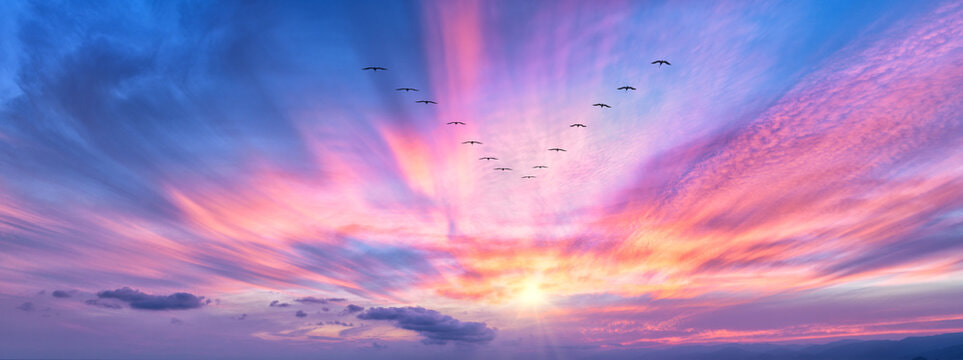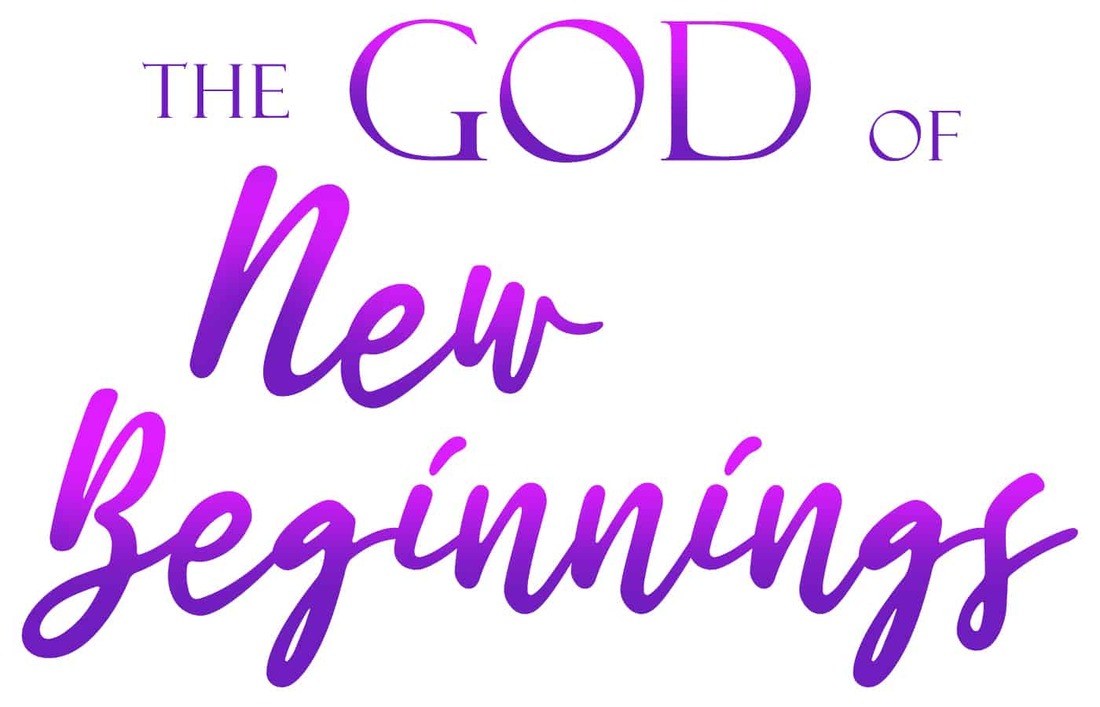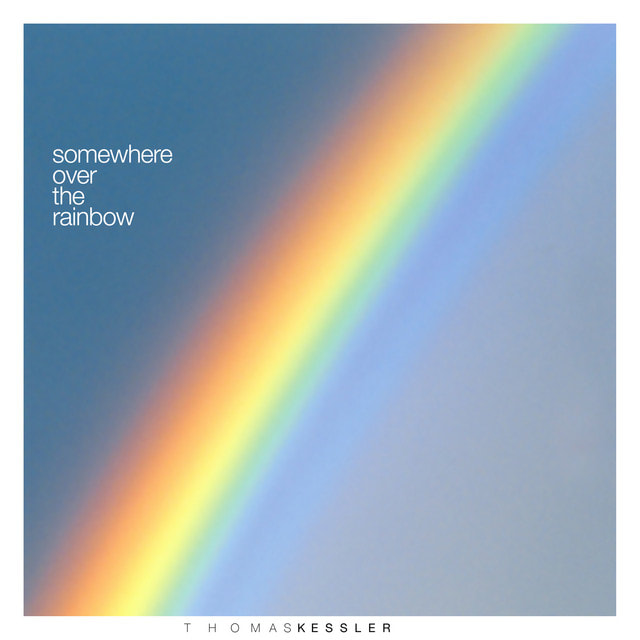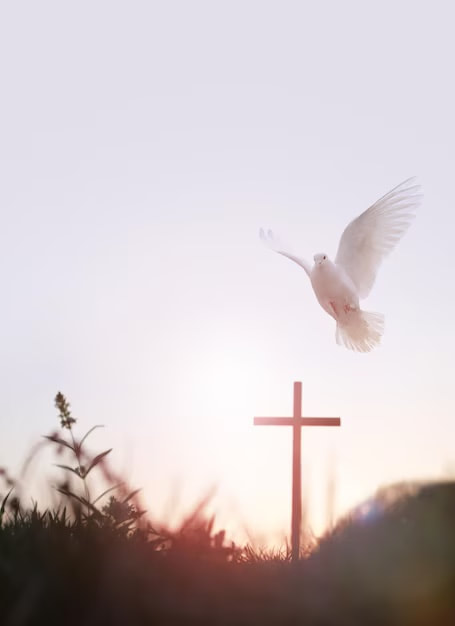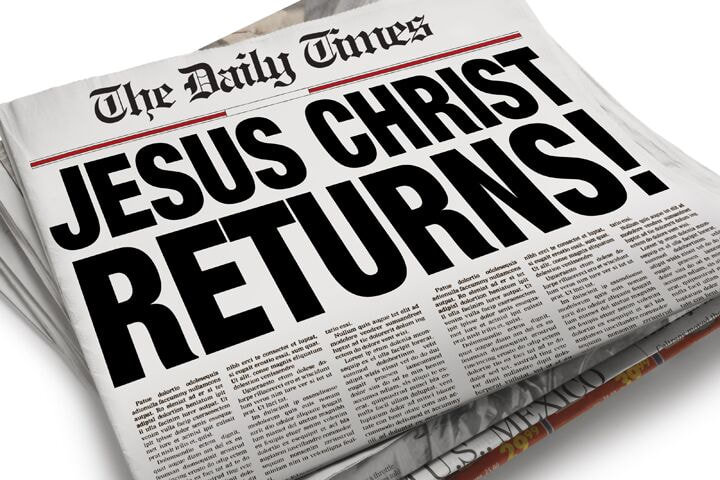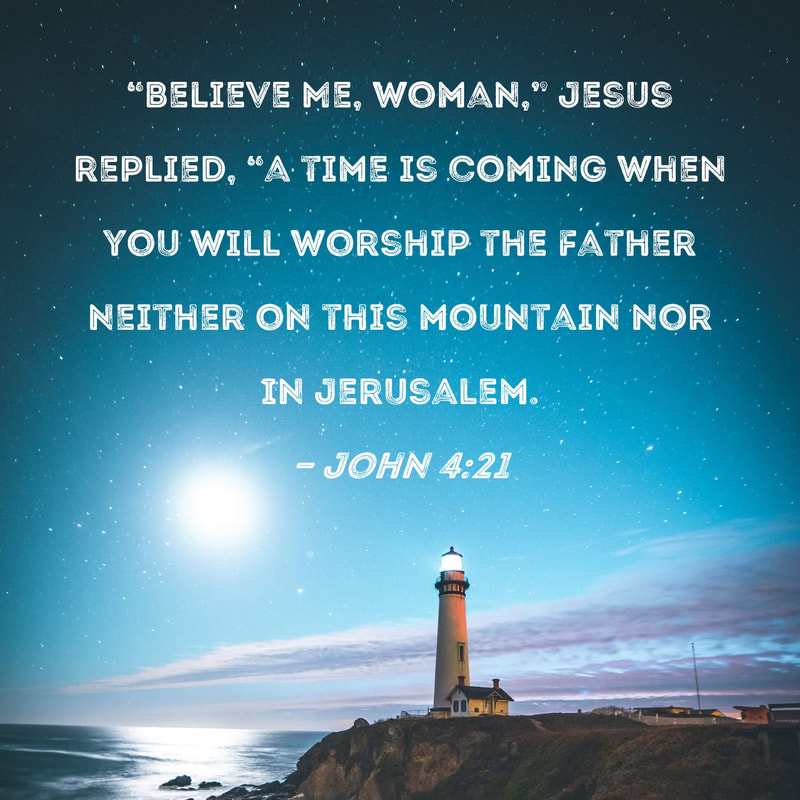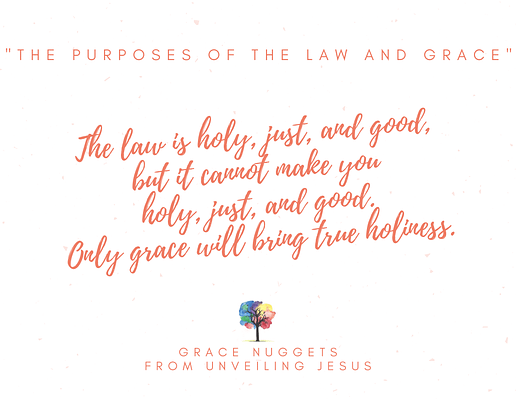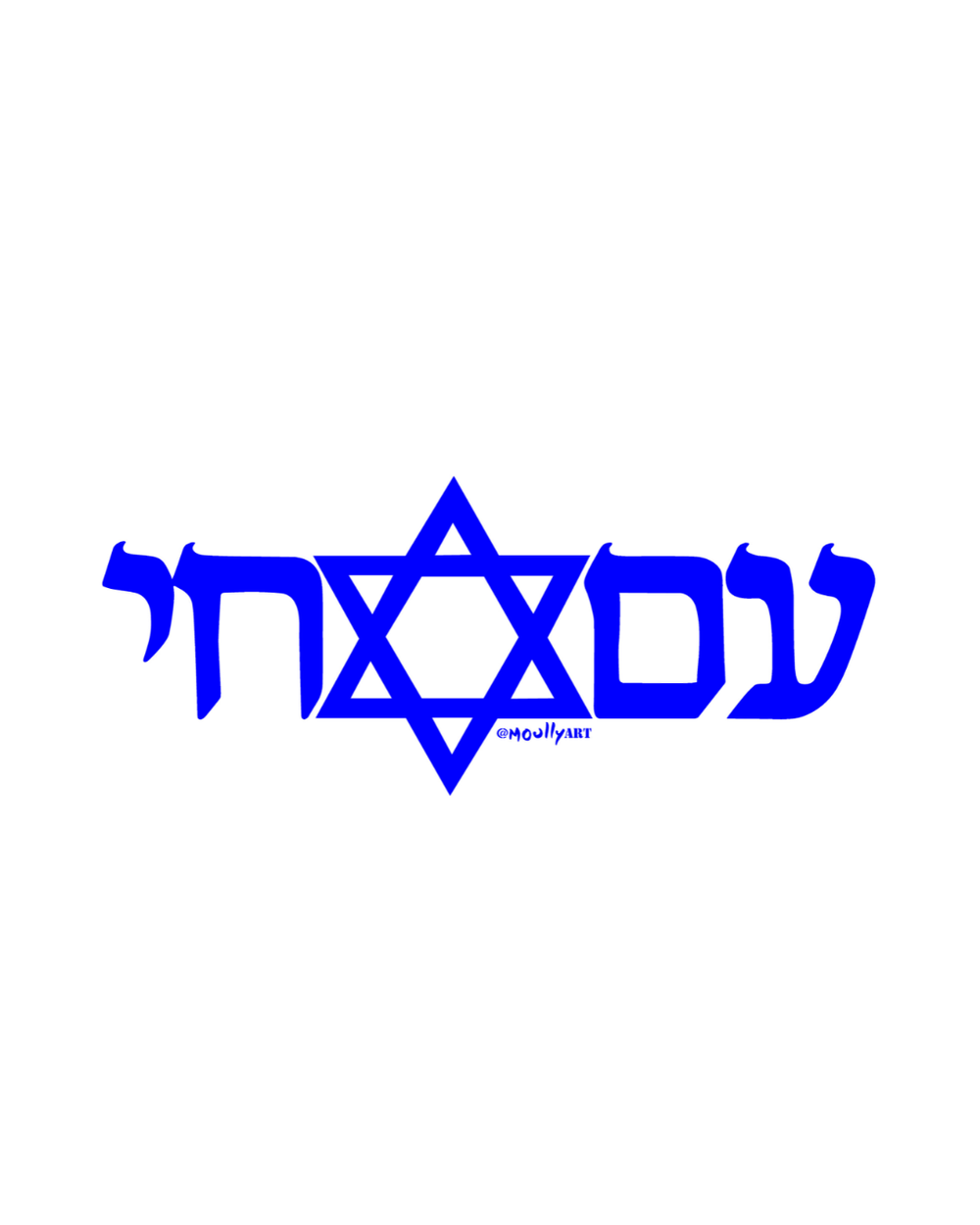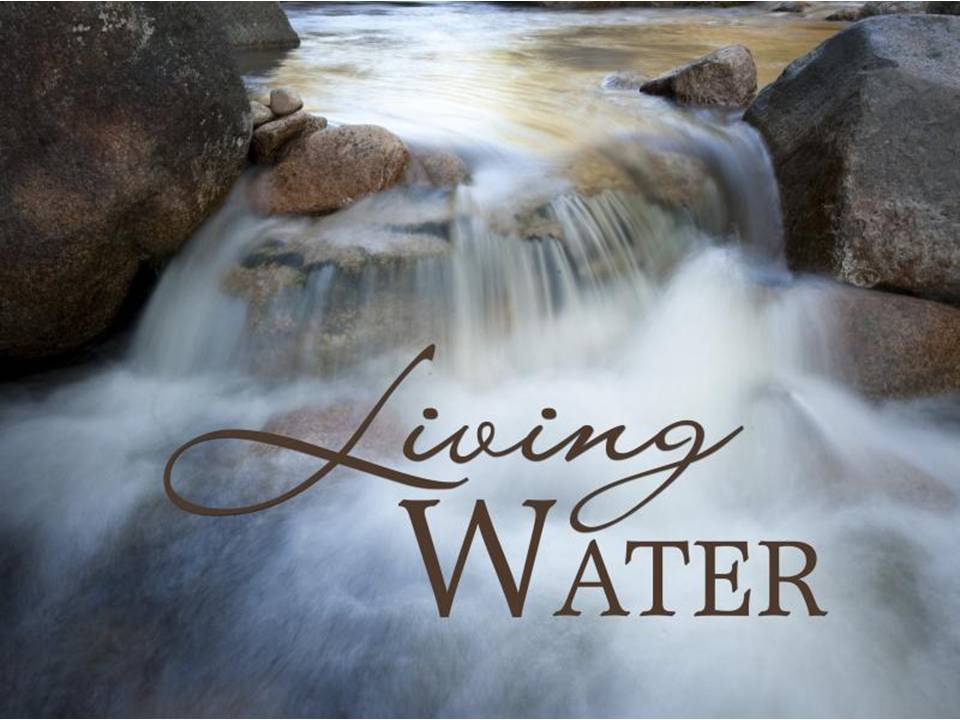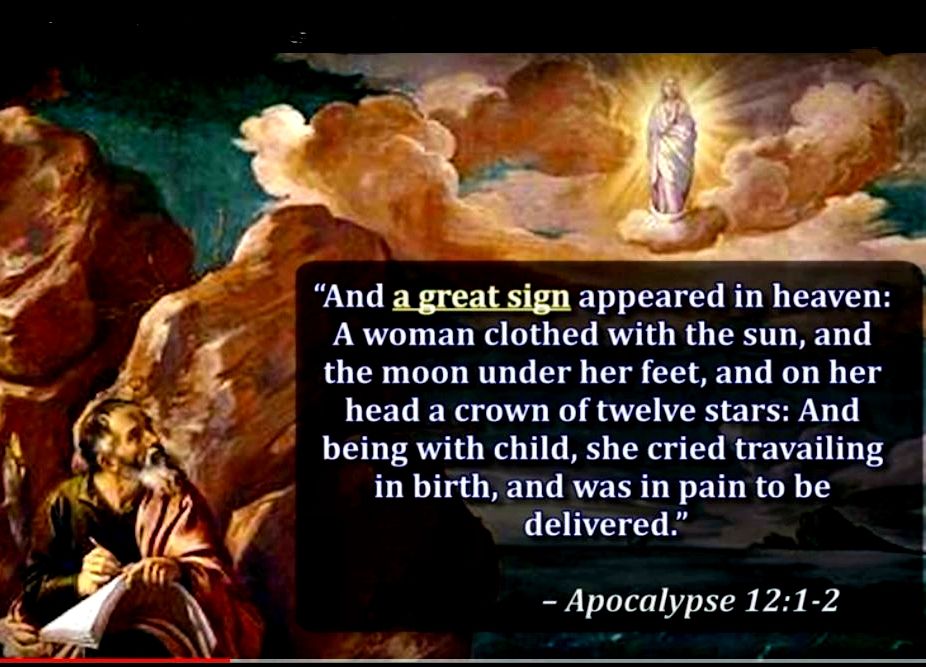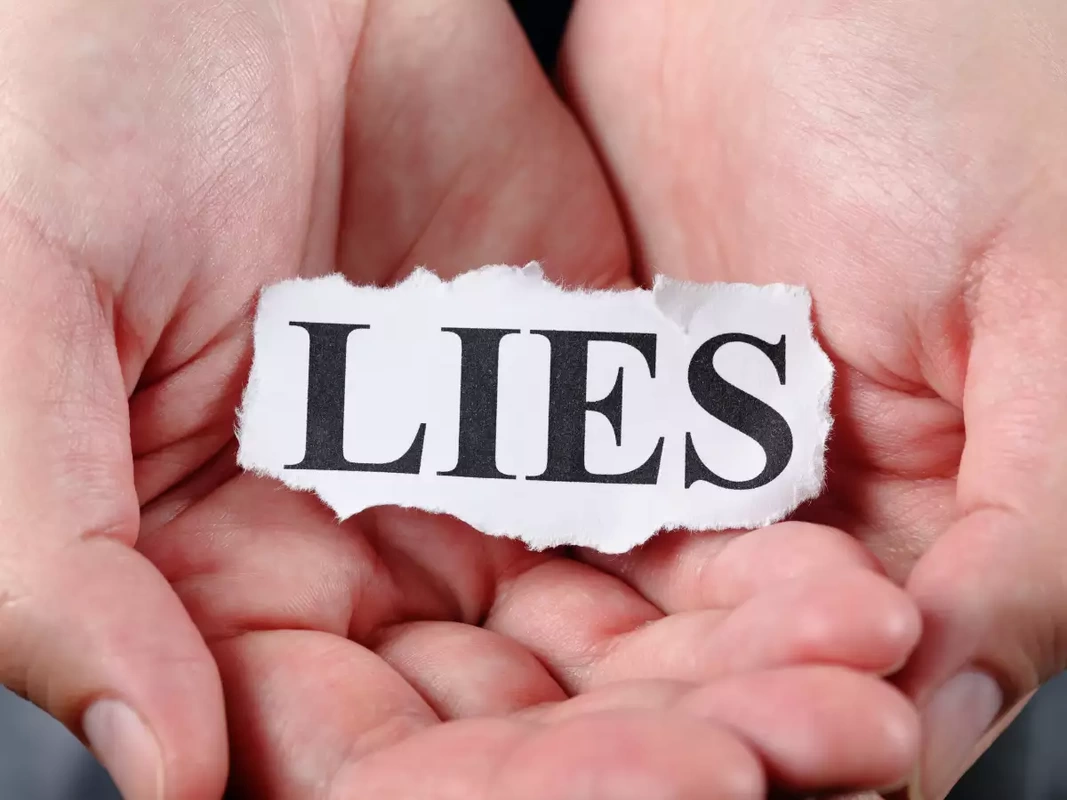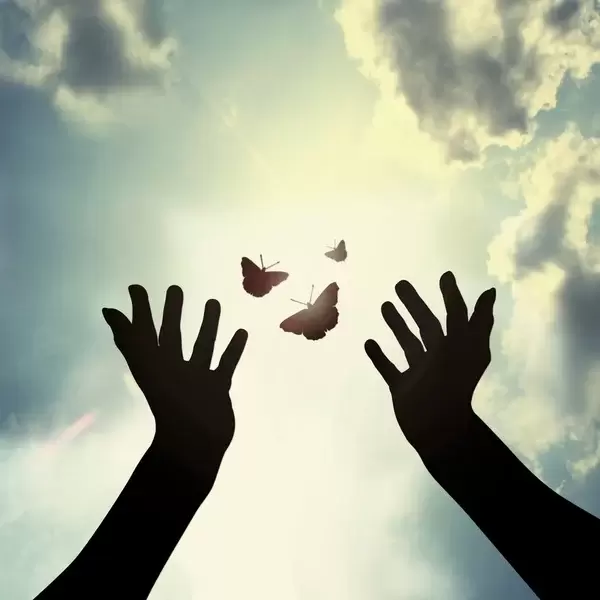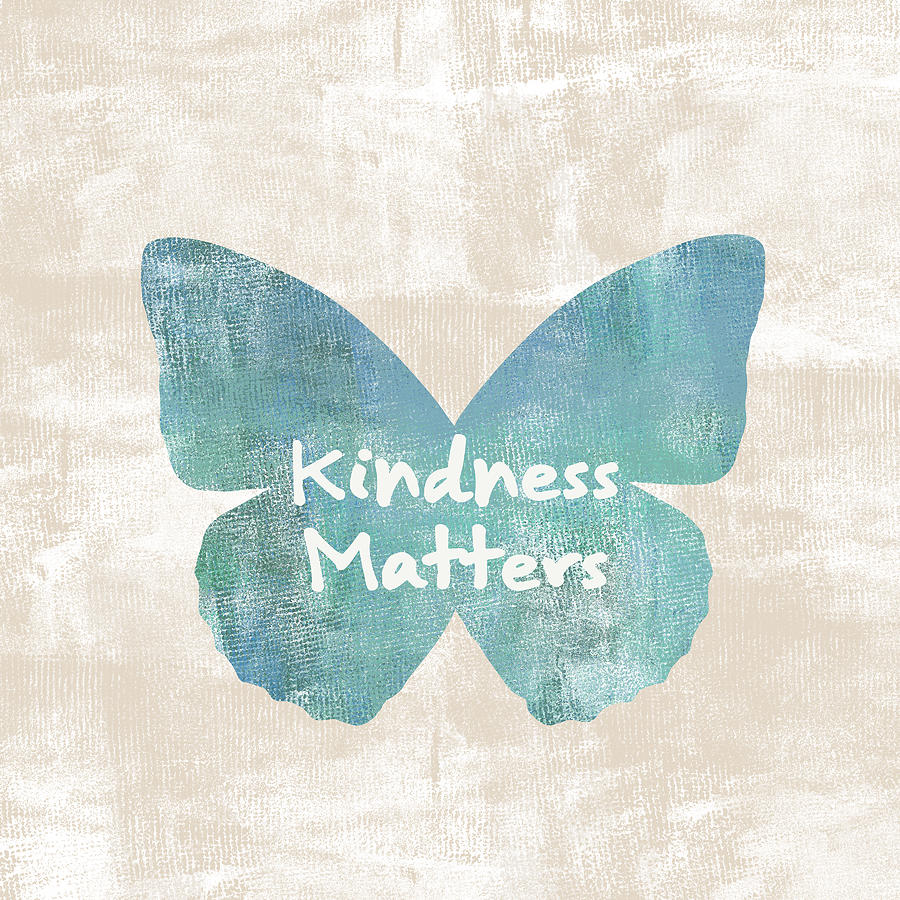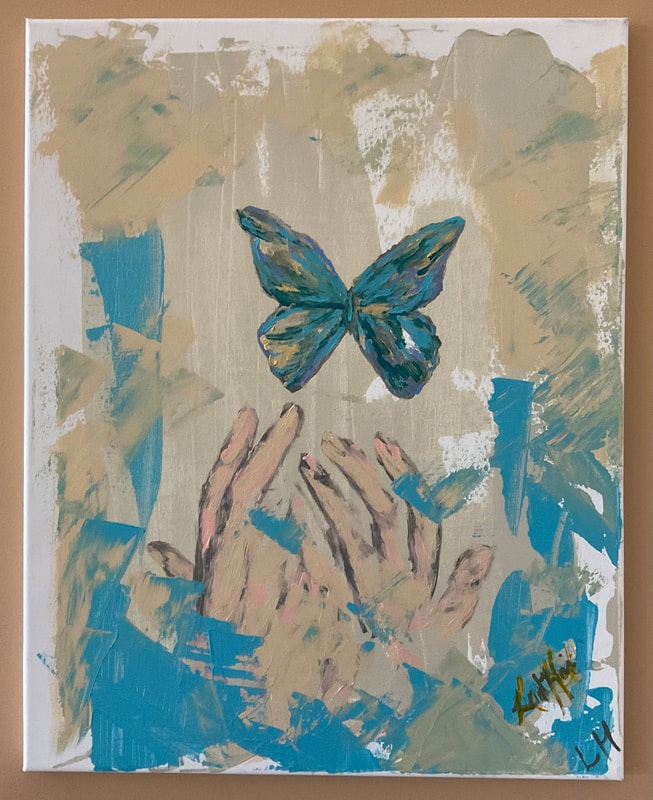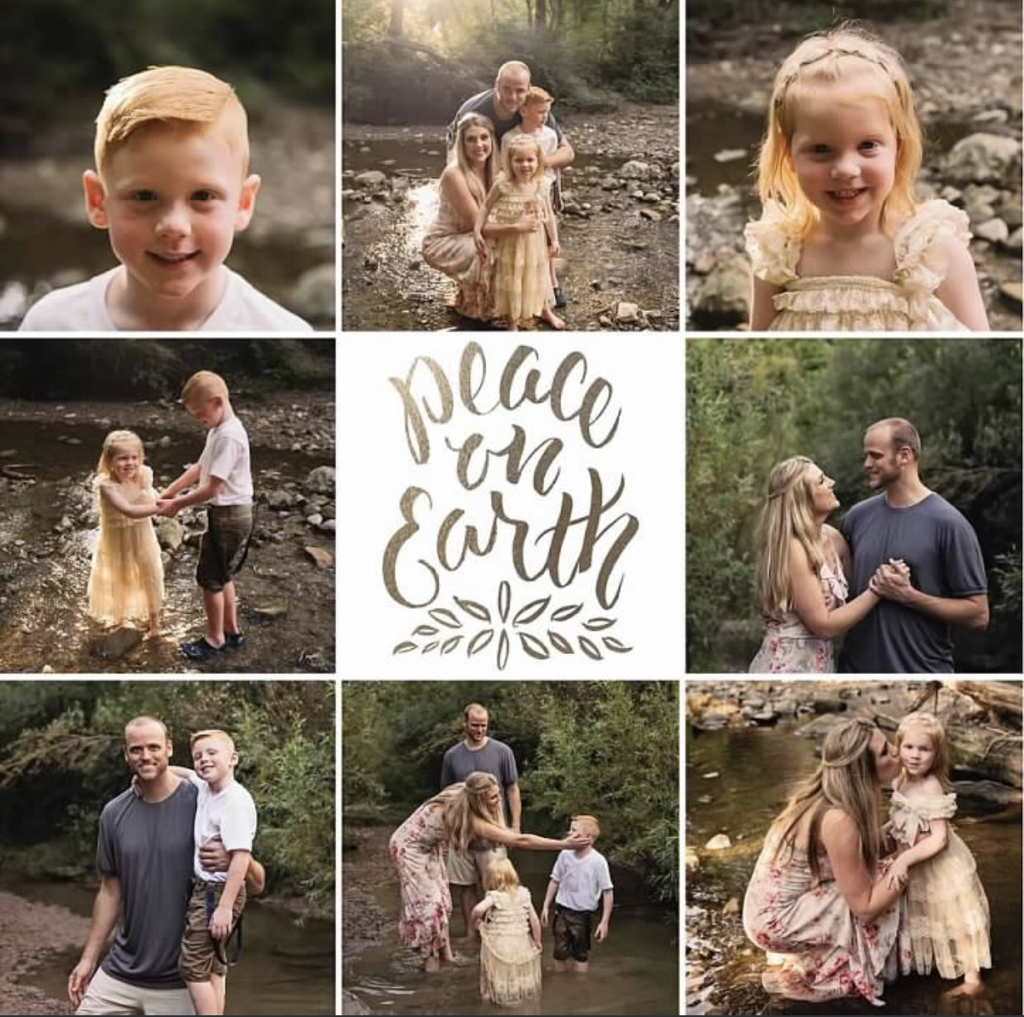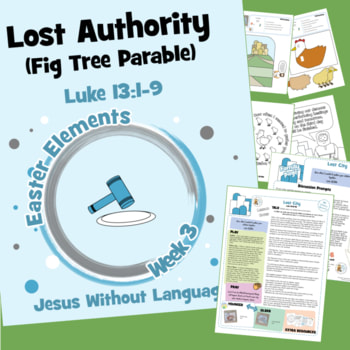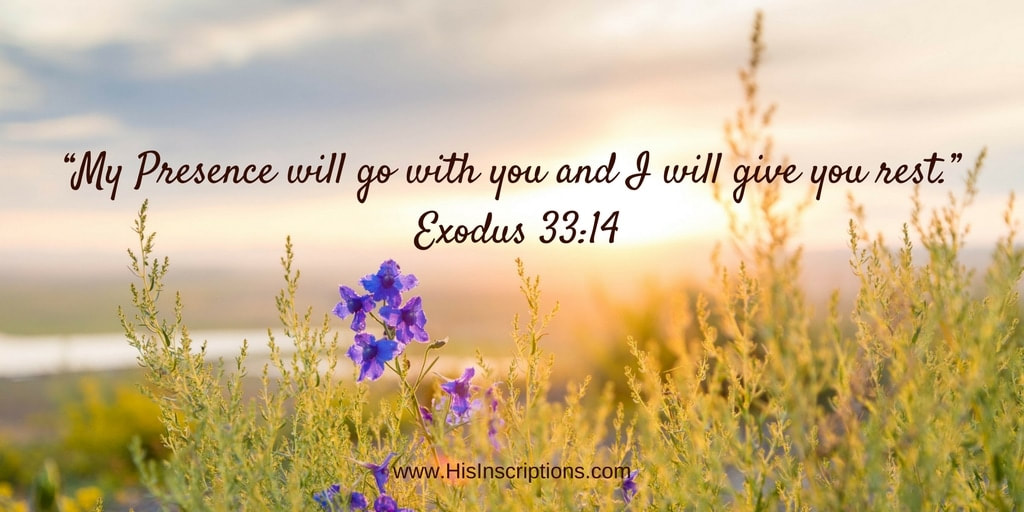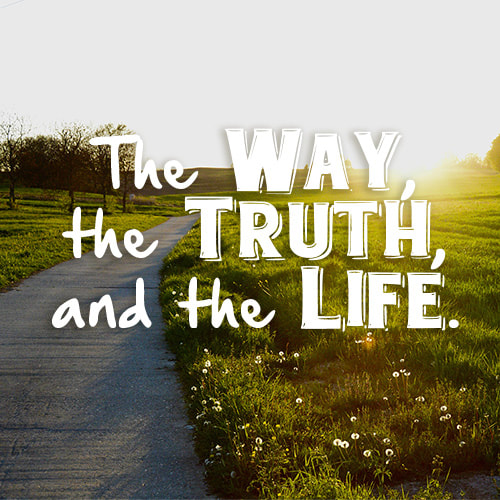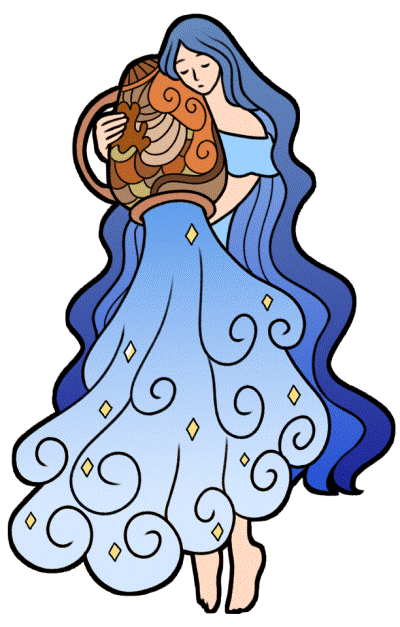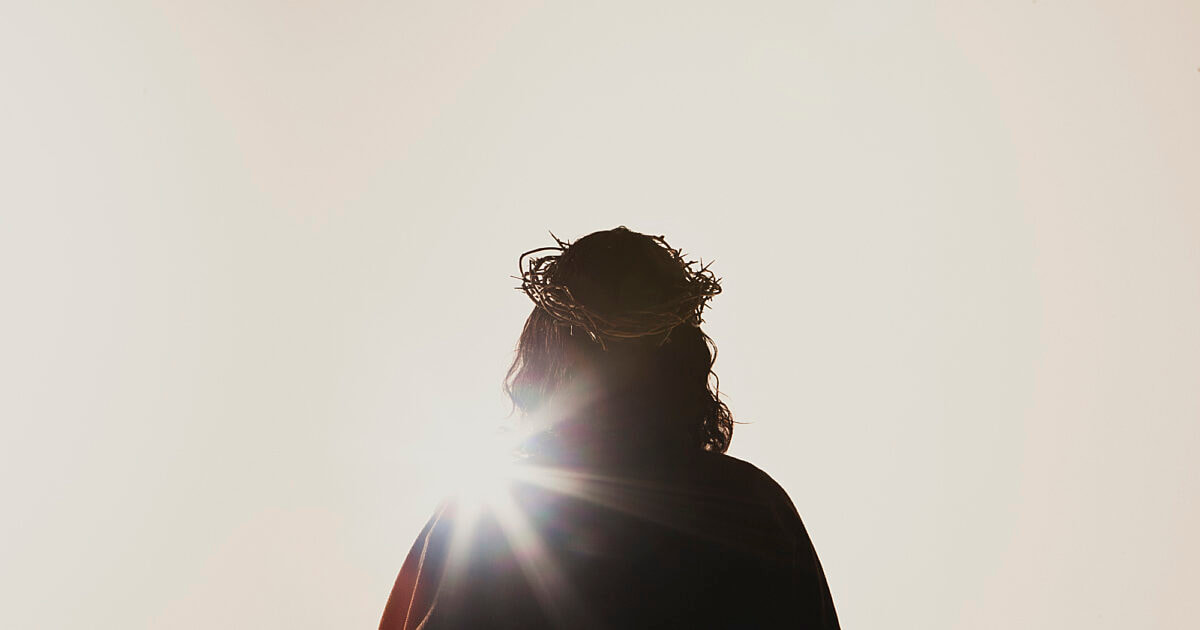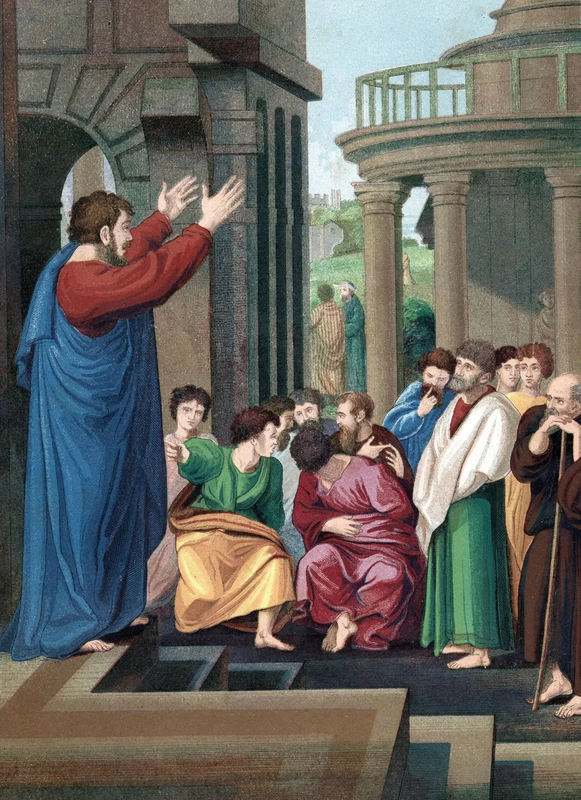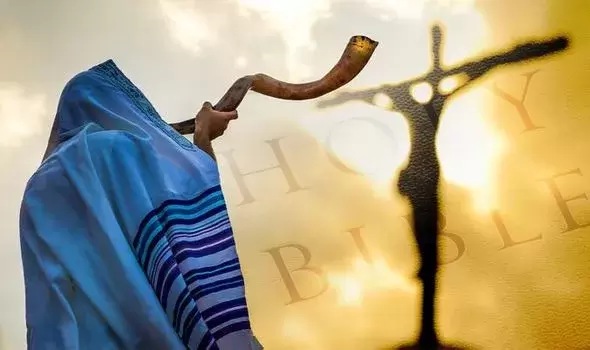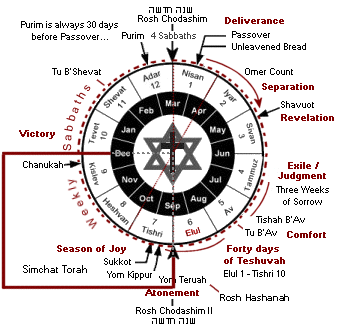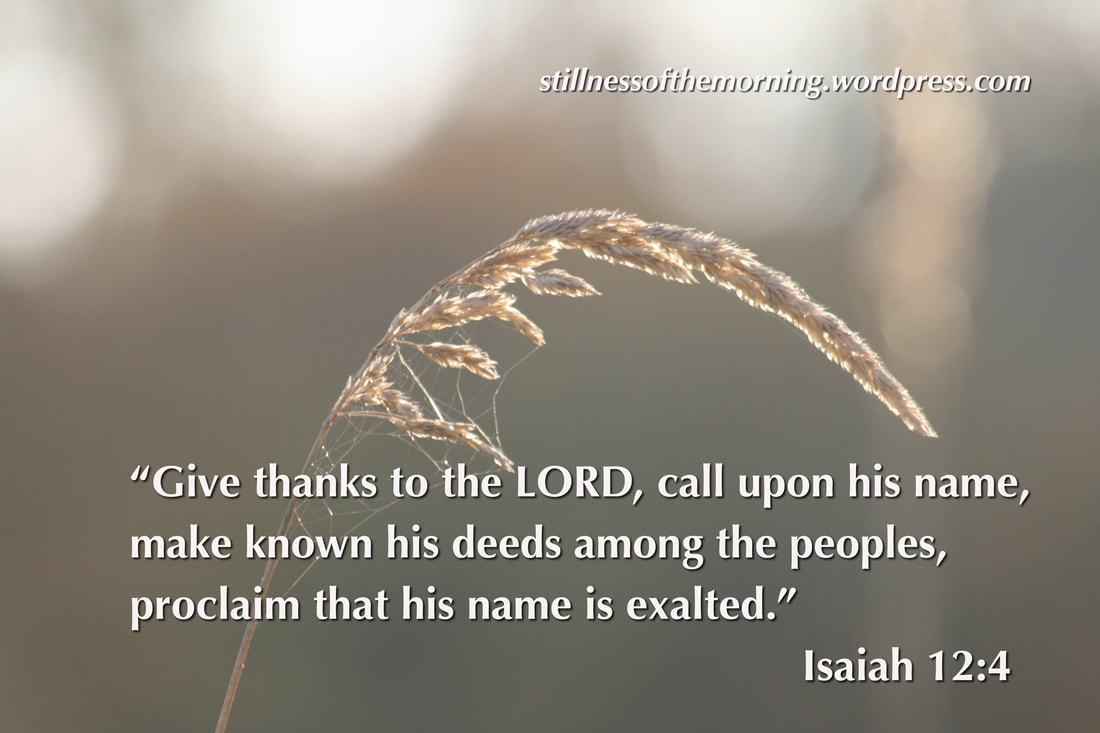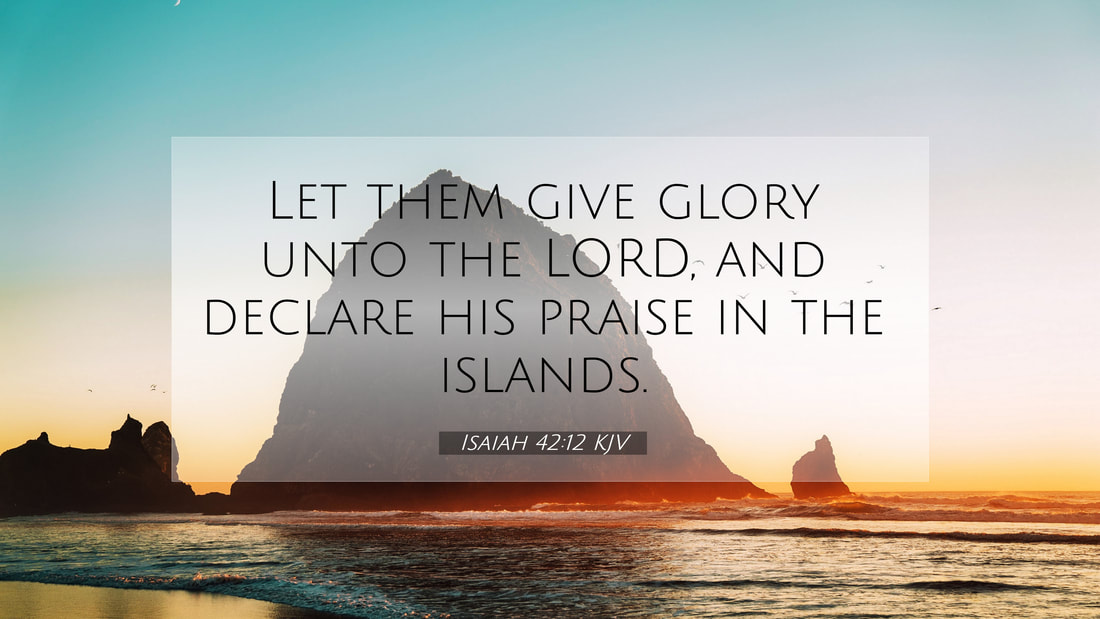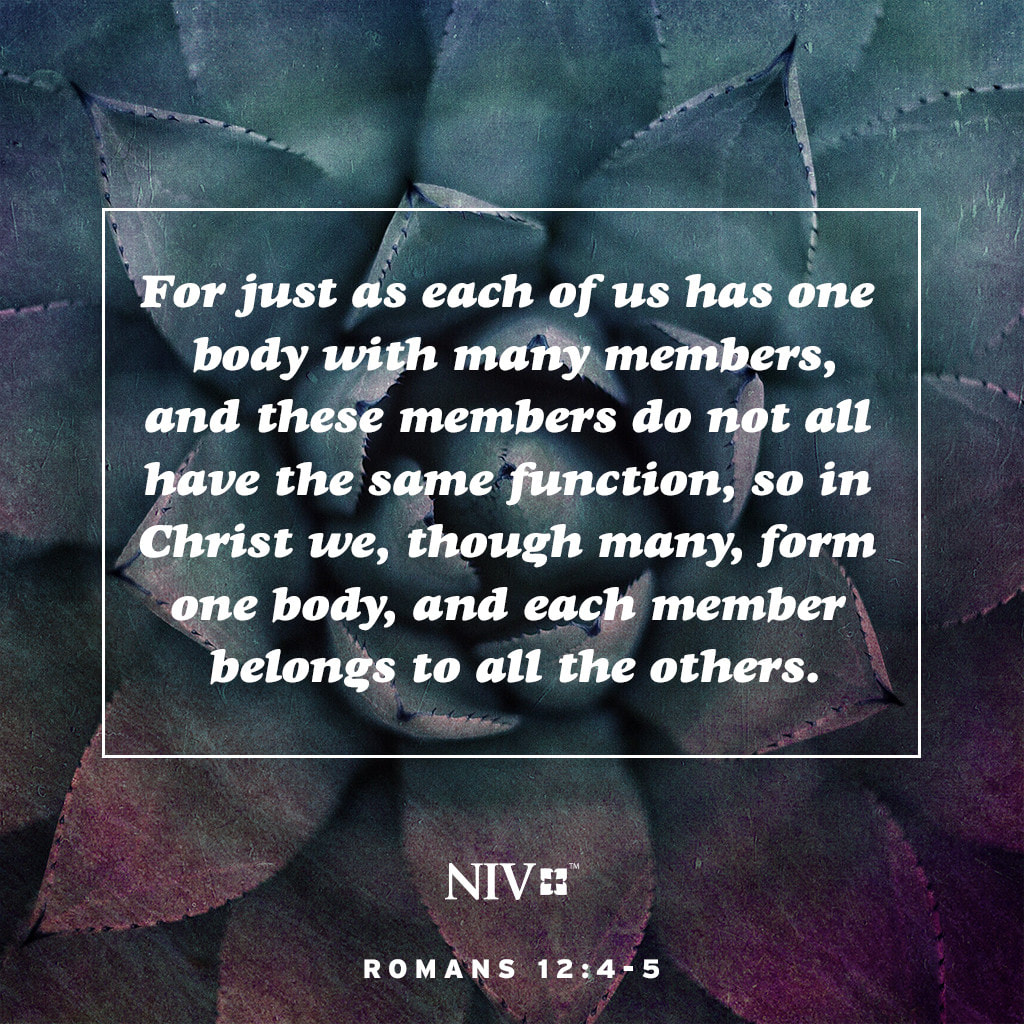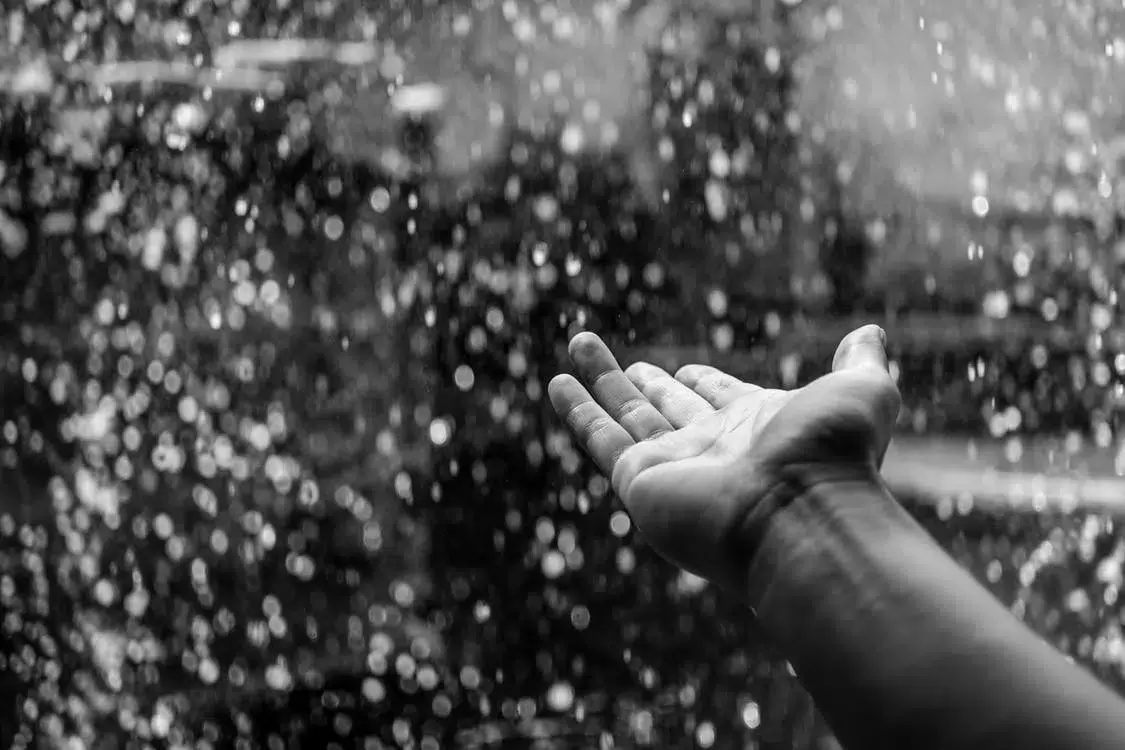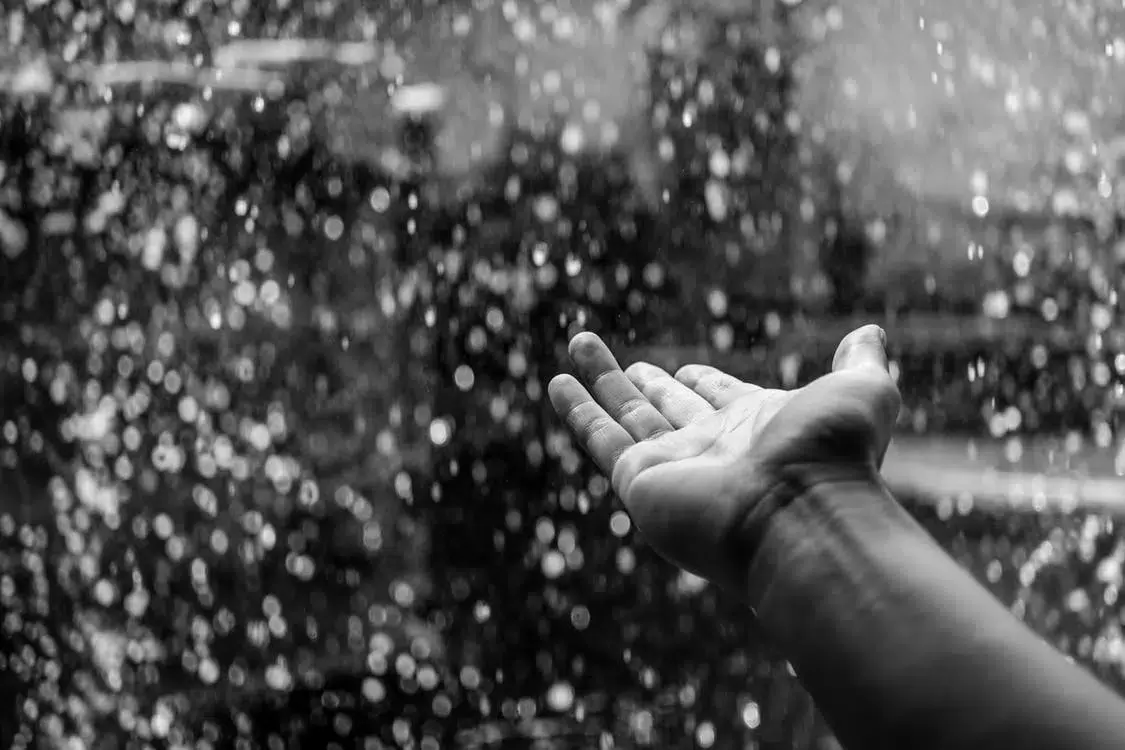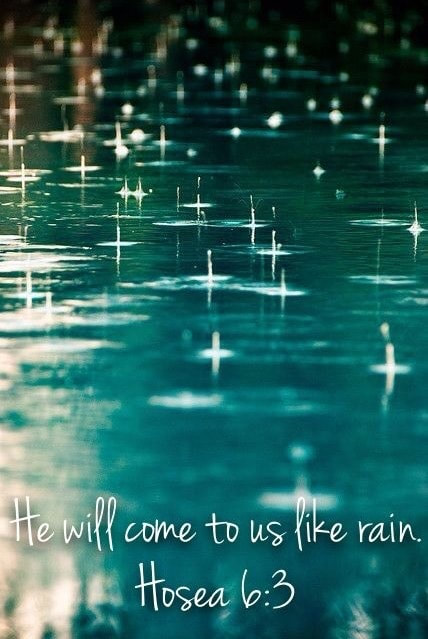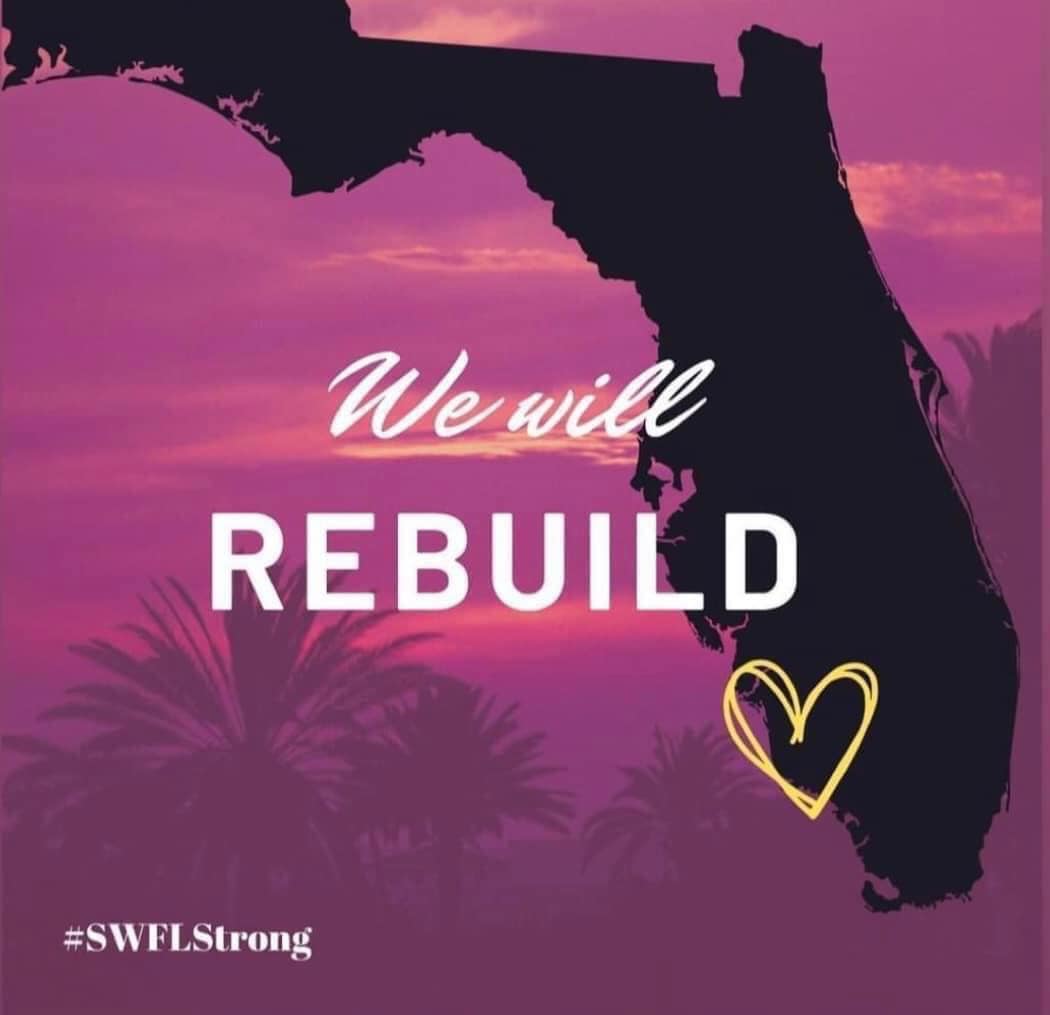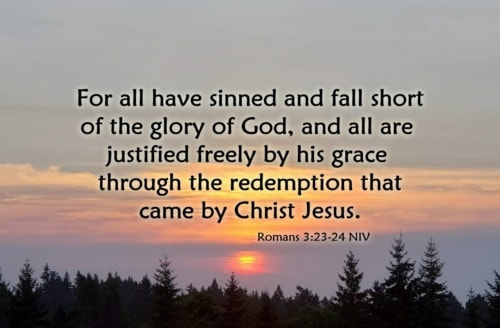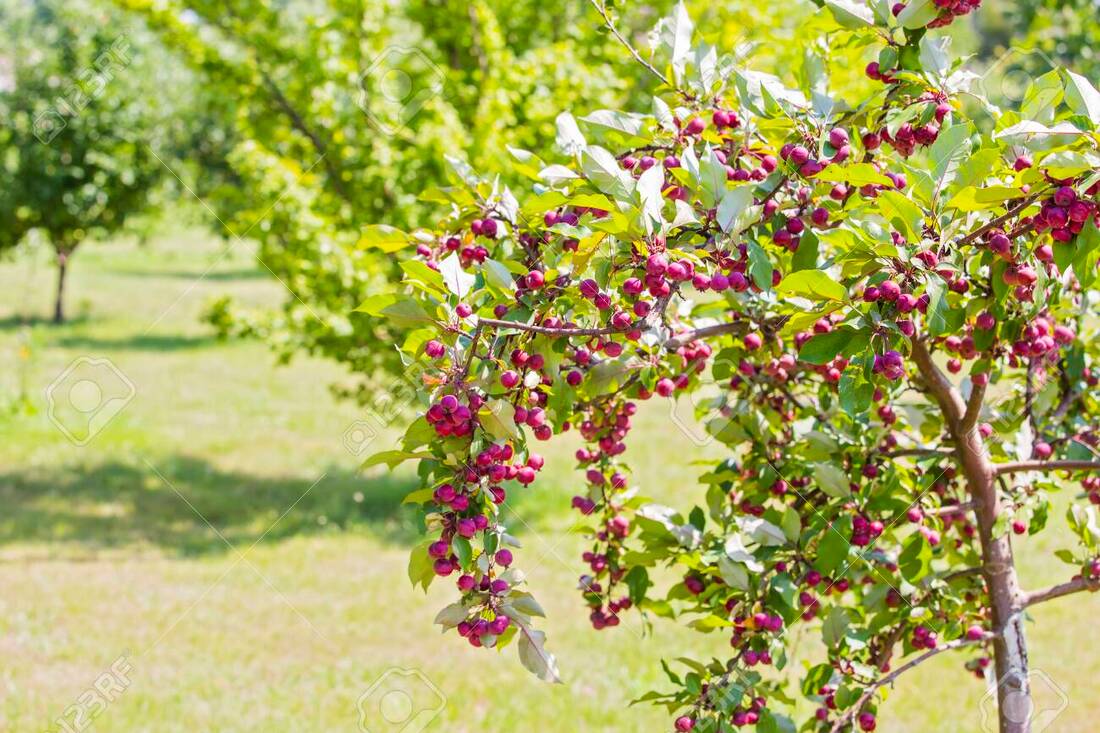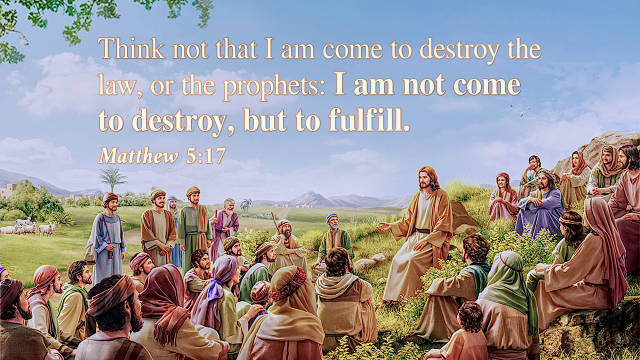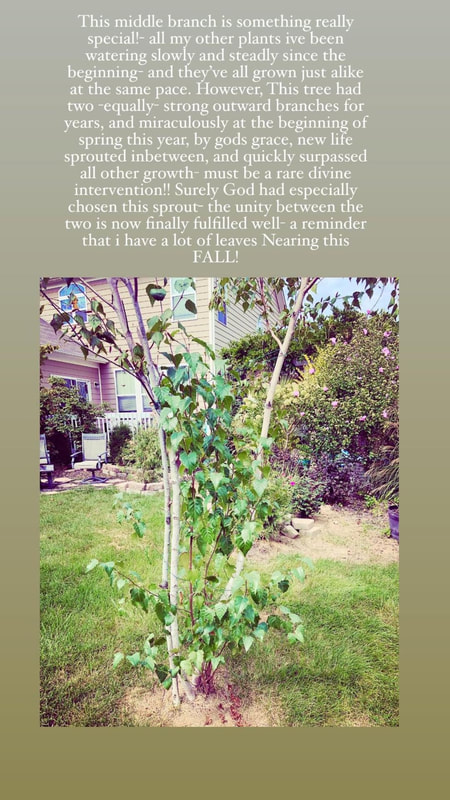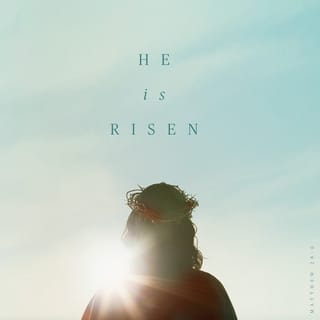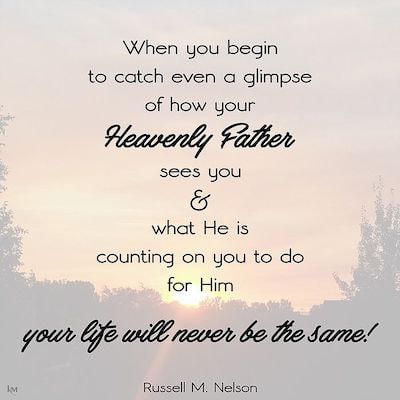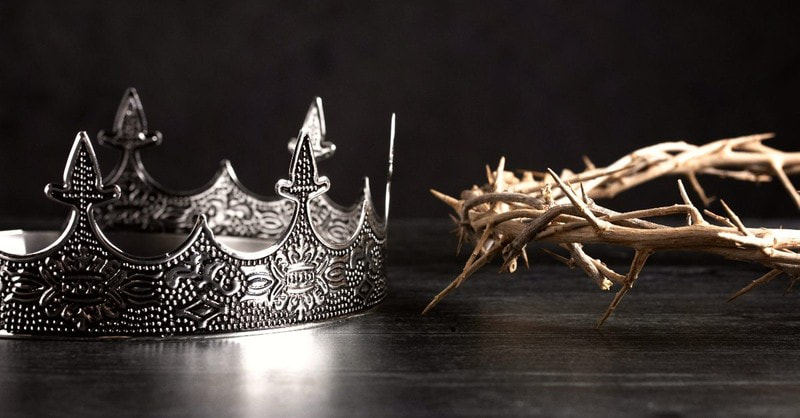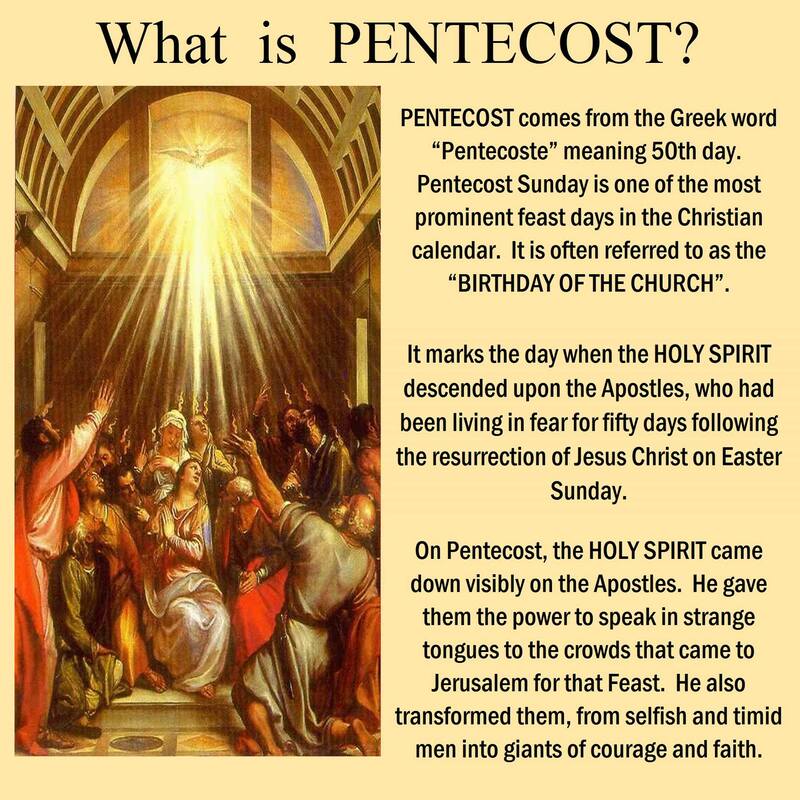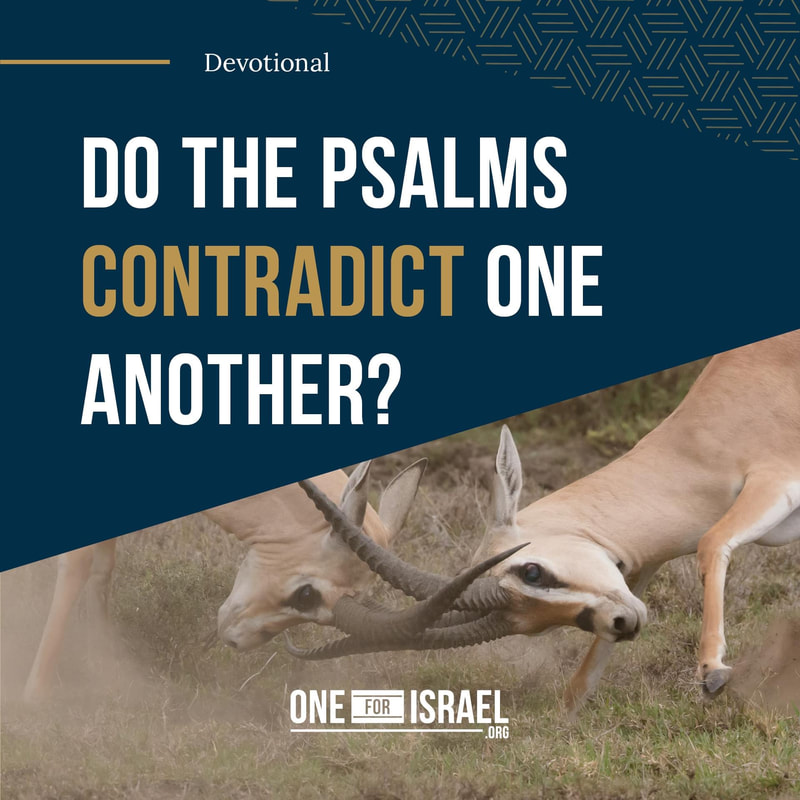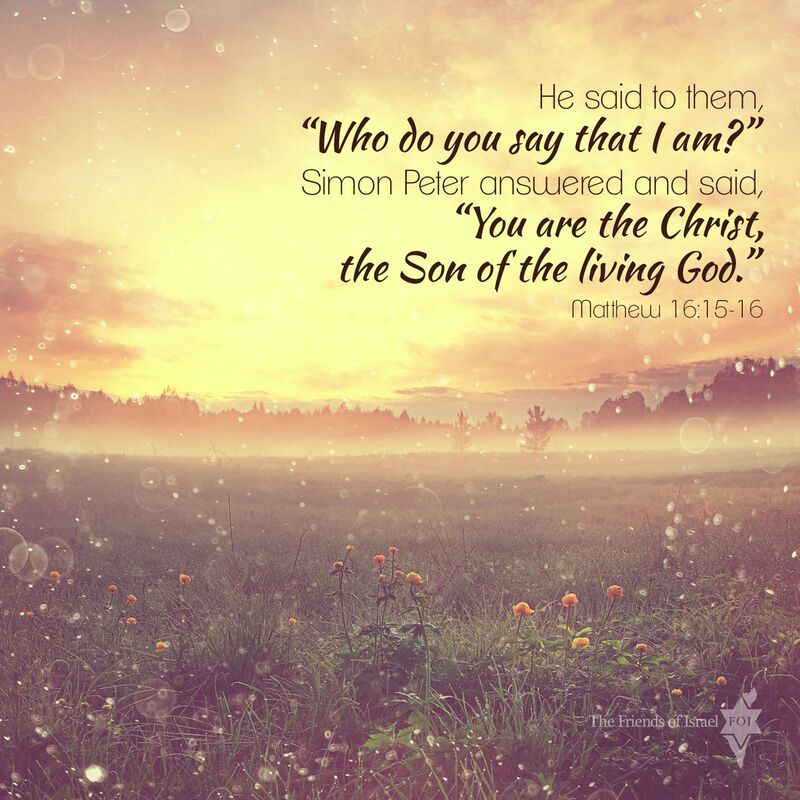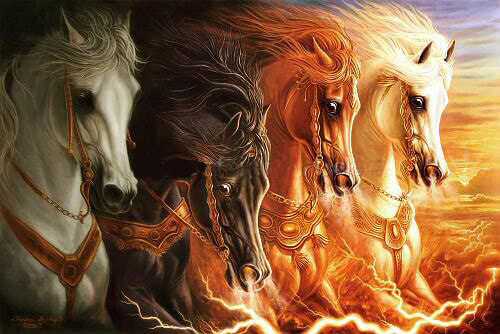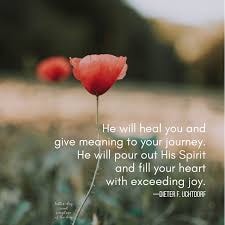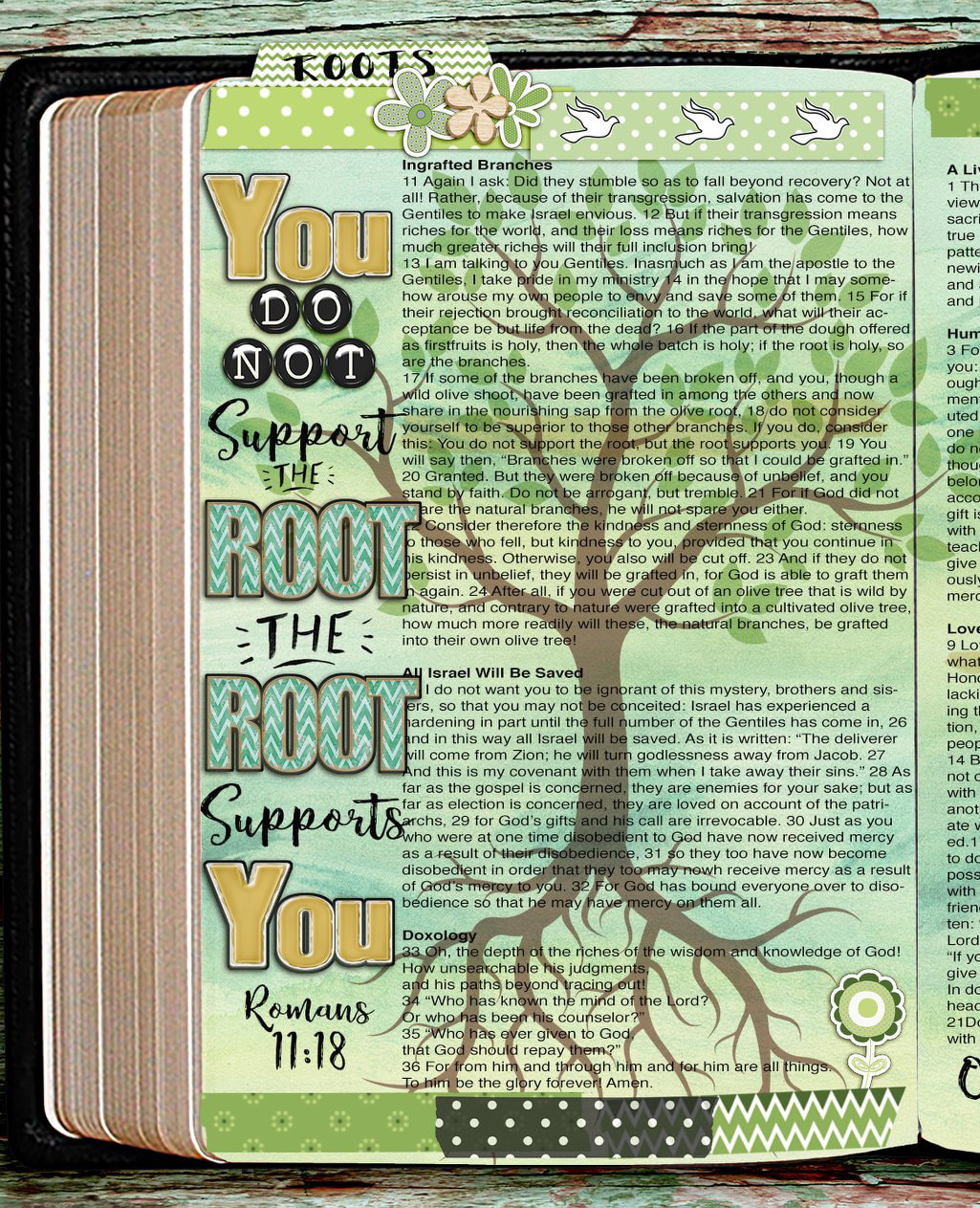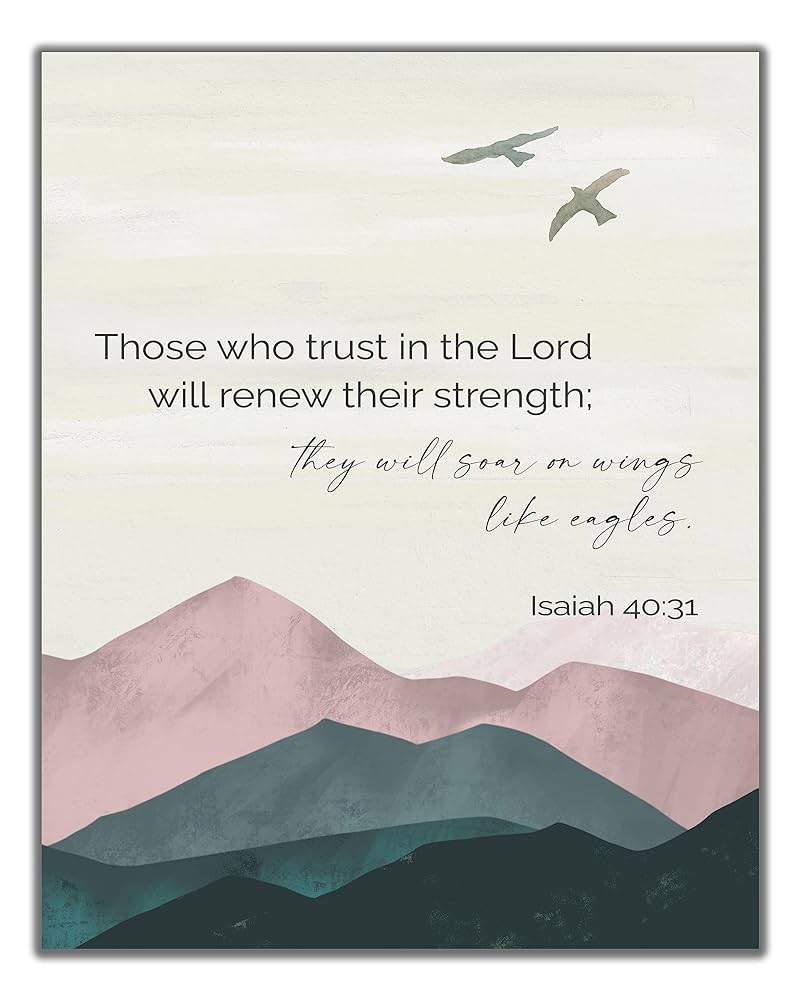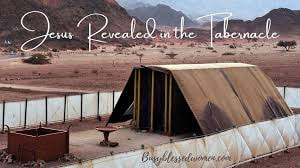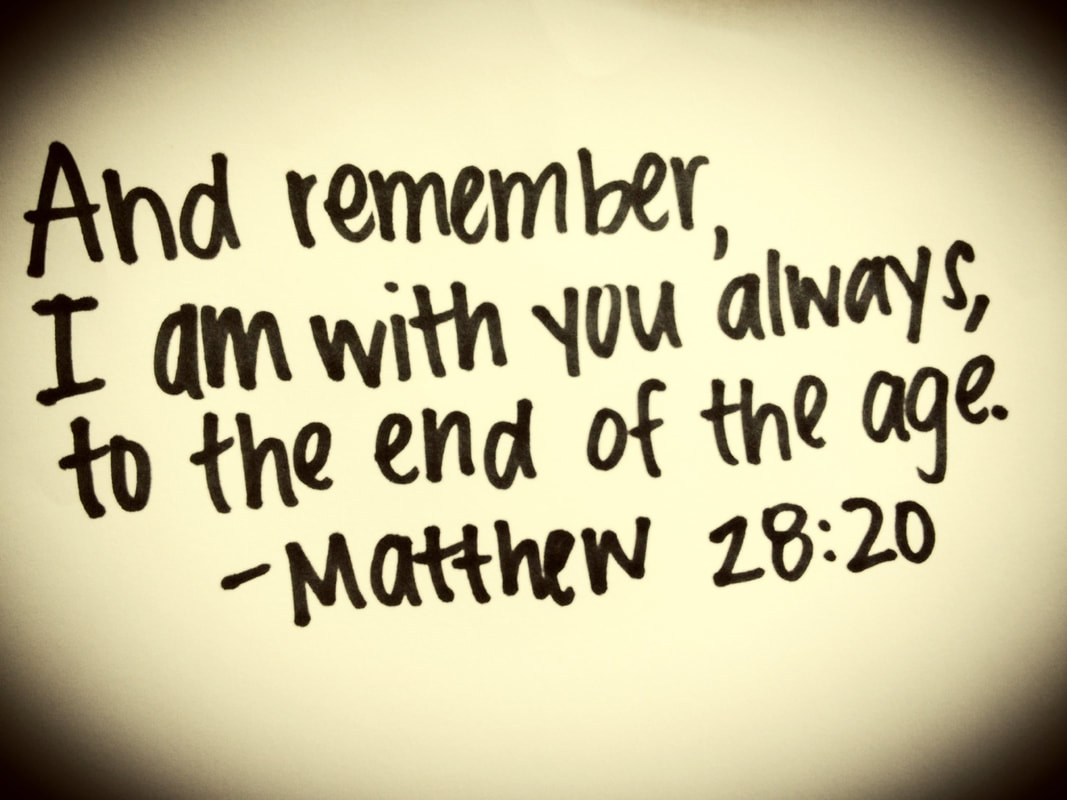The Feast of Tabernacles (or Booths), called Sukkoth by the Jewish people today, is first found in the Pentateuch
(Lev. 23:33–44; Num. 29:12–40; Deut. 16:13–17).
It’s the last of the seven great feasts prescribed there, and it’s one of three (along with Passover and Pentecost) that all Jewish men were required to attend (Deut. 16:16–17).
We worshiped in modern, rainproof tents and grew in our understanding of God’s love and provision for his people.
The feast begins on the 15th day of the seventh month, on a Sunday. This day was to be considered a holy convocation, a day on which no common work could be done. The feast continued for seven days, during which the people made regular offerings (Num. 29:13–16) and dwelled in tabernacles, or tents. On the eighth day, called the “Great Day,” another holy convocation was called for the people to make one last offering and practice solemn rest (Num. 29:35–38).
By New Testament times,
the Jews had developed additional rituals that can be found in the Talmud (Tractate Sukkah). These additions include the increased use of lights and the singing of “The Egyptian Hallel” (Pss. 113–118) and “The Psalms of Ascents”
(Pss. 120–135).
The feast concludes with an elaborate
water pouring ceremony based on several
prophetic passages about life-giving water
(see Isa. 12:2–3; Ezek. 47:1–2; Zech. 14:16–19).
Why Is the Feast Significant?
For the Jewish people, the feast’s significance can be seen in its three major components: the timing, the tabernacles, and the sacrifices.
1. Timing
The feast coincided with the completion of the year’s agricultural harvest. The people were to celebrate God’s blessing on Israel’s seven major crops: grapes, figs, pomegranates, olives, honey, wheat, and barley (Deut. 8:8). The main ceremony, from Sunday to Saturday, recalls the creation week and is filled with celebration and rest. The week-long giving of thanks also preceded the rainy season in hopes that God would renew the land and once again give a plentiful harvest in the coming year.
2. Tabernacles
The tabernacles (or tents) were man-made, temporary dwellings that reminded the people of their 40-year sojourn in the wilderness—a time when God provided food, water, and protection from both enemies and the natural elements. Dwelling in the temporary structures incited thanksgiving for what God had done in bringing them into their permanent homes in the promised land.
3. Sacrifices
God required the people to bring costly sacrifices from their agricultural harvests. These were part of the genuine celebration of thanks to God over eight days. The fact that the Jewish people eventually incorporated elements of light, water, and the singing of key salvation psalms into the feast indicates they connected God’s past provision in the wilderness to his promise of future provision in the land. That theme of provision is renewed after Israel’s return from Babylonian exile when the people celebrated Tabernacles under new leadership in very uncertain times (Ezra 3:1–7; Neh. 8:13–18). Zechariah even extended the promise of God’s provision of rain and blessing to the Gentiles who came to Jerusalem to celebrate the feast (Zech. 14:16–19).
Hoshanah Rabbah
The last day of the Feast of Tabernacles, is known as “Hoshanah Rabbah.”
It is filled with prophetic, messianic significance.
Hoshannah Rabbah comes from Aramaic, meaning Great Supplication.
It can also mean Great Salvation.
In Temple times on Hoshanah Rabbah, the priests led the people in joyful procession to Jerusalem’s pool of Siloam. From there water was drawn and carried to the Temple while singing Palms 113-118. Then it was poured out in thanksgiving for last year’s rain. The so-called water libation ceremony was also an intercessory prayer for next year’s provision. As you know, without God’s blessing of rain, life can not be sustained.
In this context, on Hoshanah Rabbah (“the last and great day of the feast”)
Yeshua said, “If anyone is thirsty, let him come to Me and drink.
He who believes in Me, as the Scripture said,
"From his innermost being will flow rivers of living water.’”
(John 7:37-38)
Many of the Jews would have
understood the messianic nuance in this statement.
Yeshua was identifying Himself as
Source and Sustainer of Life.
In the Messianic Age,
when Yeshua rules the earth from Jerusalem,
He’ll make way for every nation to joyfully celebrate the Feast of Tabernacles. Nations that do not make pilgrimage to worship Him in Jerusalem during Sukkot will have no rain. (Zechariah 14:16-19) Apparently, Sukkot is important to Him!
So, why not see right now what joy He might have for you if you celebrate with Him this week?
This Hoshanah Rabbah, please pray with us that hearts will begin to understand Messiah’s words and turn to Him. And may your own heart overflow with living waters at this special season!
Jesus Dwells with and Provides for Us
In his Gospel, John repeatedly appeals to
Tabernacles imagery to show us
that Jesus came to dwell with us
and provide for us.
John 1:14 says it explicitly. Jesus came to dwell or “tabernacle” among us
(John 1:14).
Then, in John’s first seven chapters, the word “water” appears 22 times along with many allusions to water in the narratives about John the Baptist and Jesus walking on the sea.
The most frequent usage of the word “water” is in John 4 where Jesus talks to the Samaritan woman about “living water” he’ll provide for true worshipers (John 4:10).
John repeatedly appeals to Tabernacles imagery throughout his Gospel to show us that Jesus came to dwell with us and provide for us.
In John 7,
Jesus secretly attends the Feast of Tabernacles,
and he discovers a debate over his identity
(7:10–13).
By the middle of the feast, Jesus openly teaches in the temple.
The people believe in him,
but the religious leaders reject and seek to arrest him
(7:31–32).
On the last day of the feast, Jesus stands, cries out,
and declares that
he’s the fulfillment of Tabernacles:
“If anyone thirsts, let him come to me and drink.
Whoever believes in me, as the Scripture has said,
‘Out of his heart will flow rivers of living water.’”
(7:37–38)
John explains that this cry points to
the provision of the Holy Spirit after Jesus’s ascension
(7:39).
After he calls the people to drink, Jesus claims to be the fulfillment of another Johannine and Tabernacle theme.
He is the light of the world
(John 8:12–58)
who gives sight to the blind
(John 9).
Jesus fulfills the Feast of Tabernacles,
and this has great significance for us because we still need his presence and provision!
Though we dwell in the tents of our corruptible earthly bodies, we have a permanent home ahead of us in heaven (2 Cor. 5:1).
We’ve received the promise of the Holy Spirit, not sparingly or temporarily—he has been “poured out” as eternal, life-giving water
(Joel 2:28–29; Acts 2:17–18).
Just as Jesus declared on the “Great Day” of the Feast of Tabernacles,
he still gives light to the nations
(Rev. 21:21–26)
and calls for all who thirst to come and
“take the water of life without price”
(Rev. 22:17).
Through Christ, we can enter solemn rest
(Heb. 4:9–10)
as God begins his new creation in us
(2 Cor. 5:17).
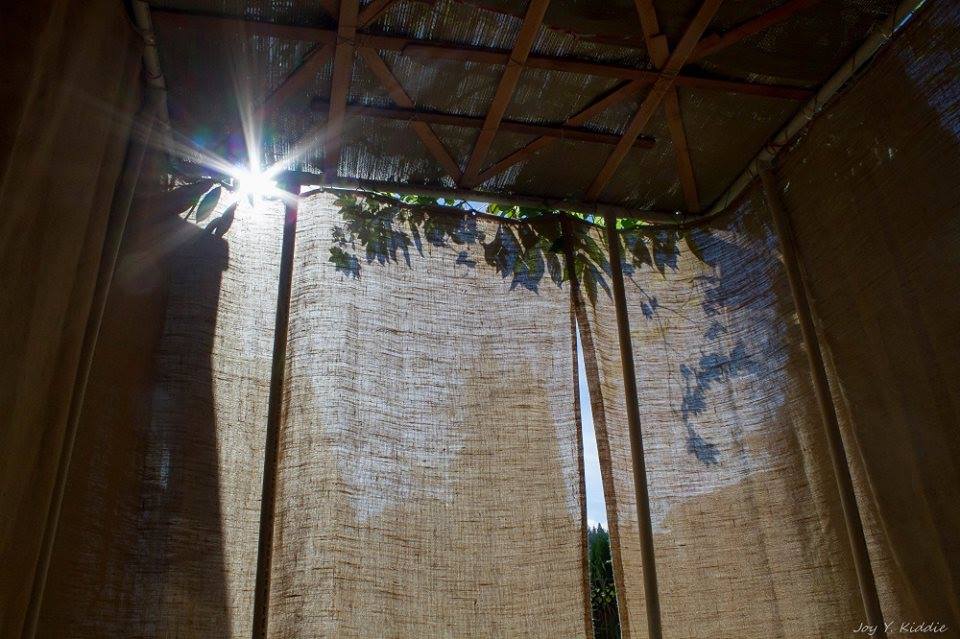
 RSS Feed
RSS Feed


